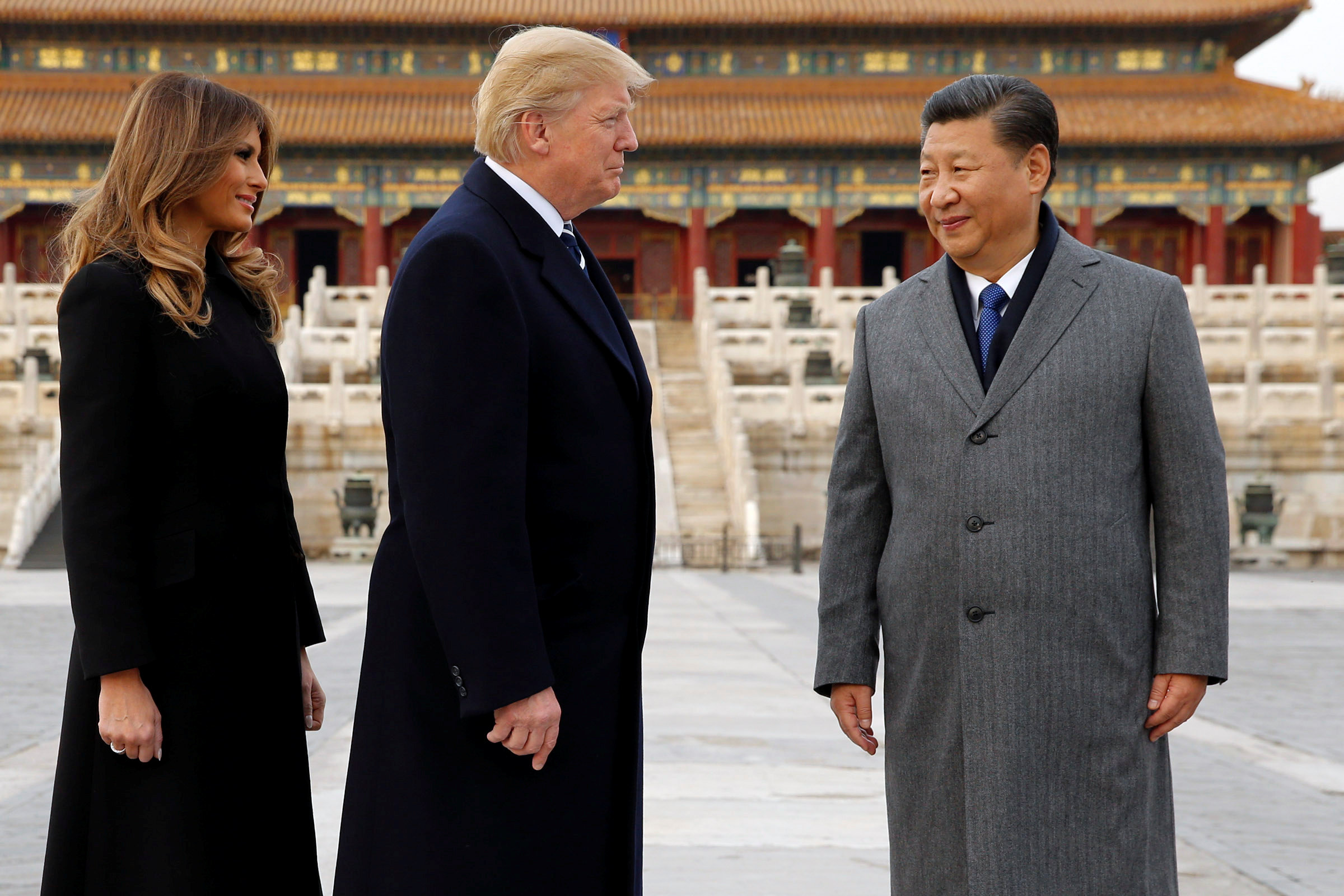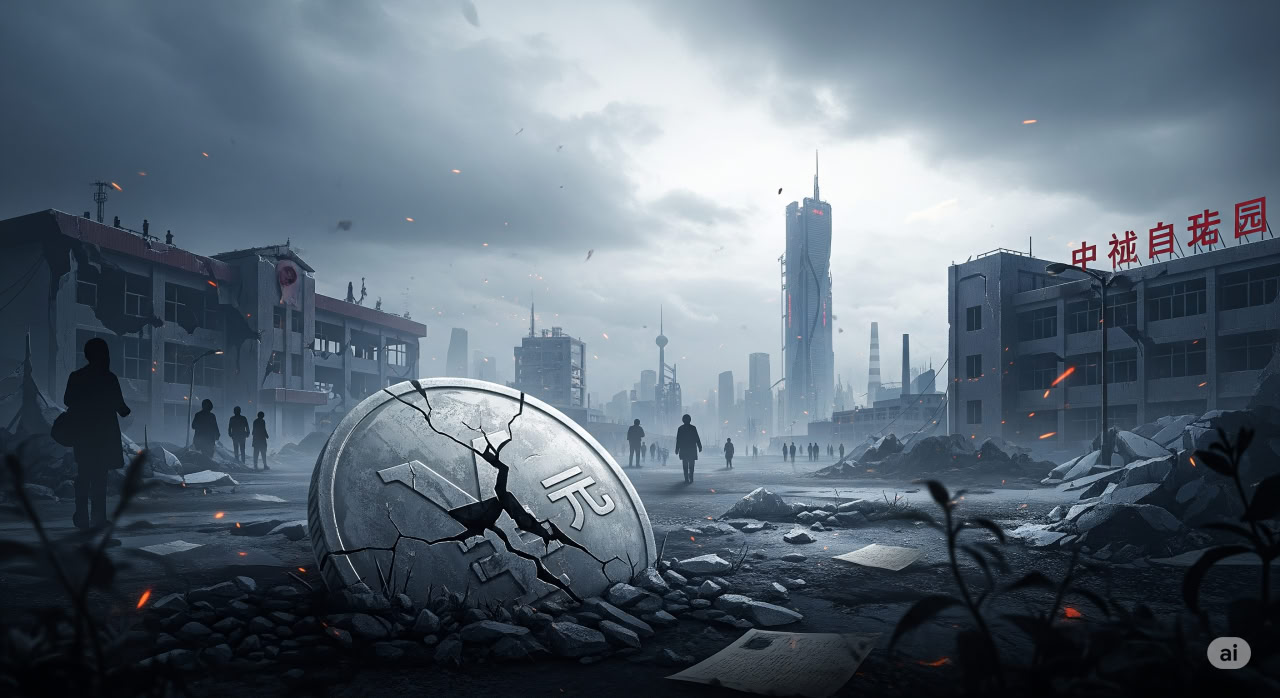Deep in the outskirts of Beijing, something extraordinary is taking shape—a sprawling military command center that dwarfs every comparable facility on Earth. At 1,500 acres, this complex is ten times larger than the Pentagon, and frankly, its very existence should unsettle anyone paying attention to the shifting balance of global power.
Beijing hasn’t officially announced what they’re building, but the satellite imagery tells a compelling story. The Chinese are digging deep—strikingly deep—creating what appears to be a bunker system designed to withstand the kind of devastating strikes that modern warfare can deliver. This isn’t just about administrative convenience; it’s about survival in an era where bunker-busting munitions can penetrate Cold War-era fortifications like tissue paper.
What’s particularly revealing is the timing. This massive undertaking coincides with Xi Jinping’s broader military transformation, one that explicitly aims to turn the People’s Liberation Army into a force capable of matching—or exceeding—American military capabilities. The old command structure, scattered across various facilities dating back to the 1950s, simply won’t cut it for the kind of integrated, high-tech warfare that defines modern conflict.
The implications extend far beyond real estate. This “military city,” as some analysts have dubbed it, represents a fundamental shift in how China approaches defense. Under Xi’s leadership, the PLA is being restructured around the concept of joint operations—all services working in seamless coordination. Housing key personnel in one massive, heavily fortified complex could accelerate this integration in ways that should concern Washington.
Consider the broader context: China’s defense spending has ballooned to somewhere between $240 billion and $290 billion annually, making it the world’s second-largest military spender. Their nuclear arsenal, already exceeding 600 operational warheads, is projected to surpass 1,000 by 2030. And lurking behind all of this is 2027—the year many American officials believe Xi has targeted for his forces to be ready to take Taiwan.
What’s troubling is how this facility could function as both symbol and enabler of Chinese military ambitions. The underground bunkers suggest a leadership prepared to weather a first strike—consistent with China’s stated “no first use” nuclear policy, but also indicative of a military planning for scenarios where deterrence fails.
The ripple effects are already visible. Other nations are watching this development closely, and history suggests that one country’s military buildup often triggers others to follow suit. The international security landscape is already fragile enough without adding a superpower arms race to the mix.
Yet perhaps the most unsettling aspect isn’t the facility itself, but what it represents about Xi’s long-term vision. You don’t build something of this magnitude—a decade-long project consuming enormous resources—unless you’re planning for contingencies that extend far beyond peaceful coexistence.
Whether this translates into actual conflict will ultimately depend on the political calculations in both Beijing and Washington. But the construction of this military city sends an unmistakable message: China is preparing for a future where military strength, not diplomatic finesse, determines outcomes. The question isn’t whether America should take notice—it’s whether we’re prepared for what comes next.


